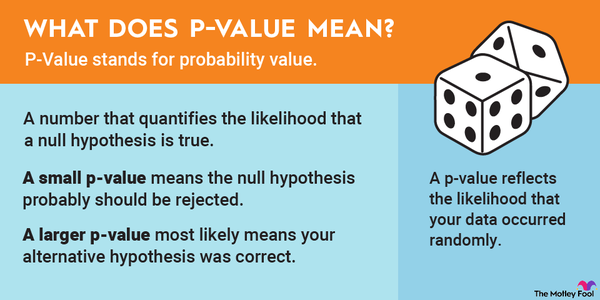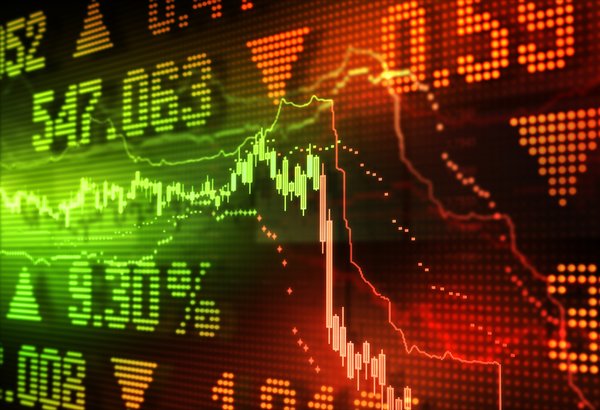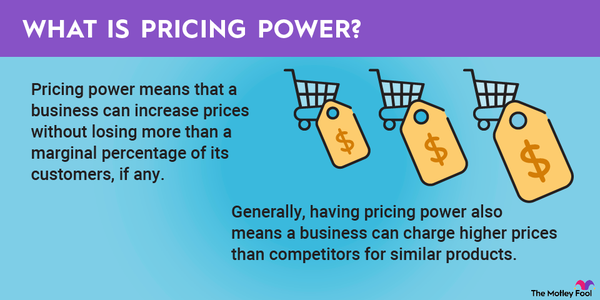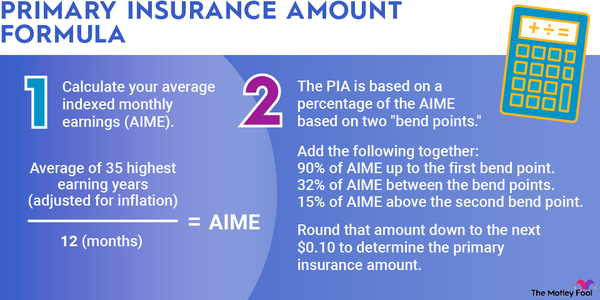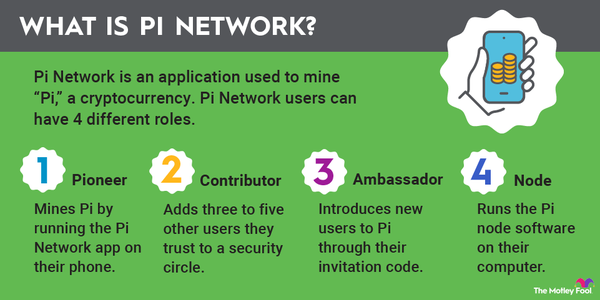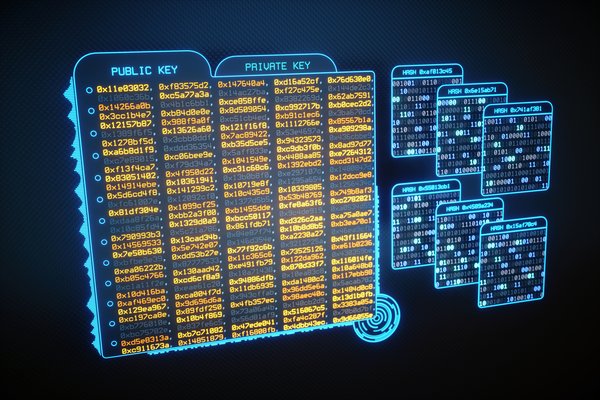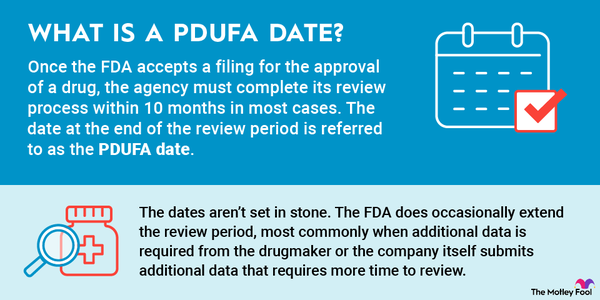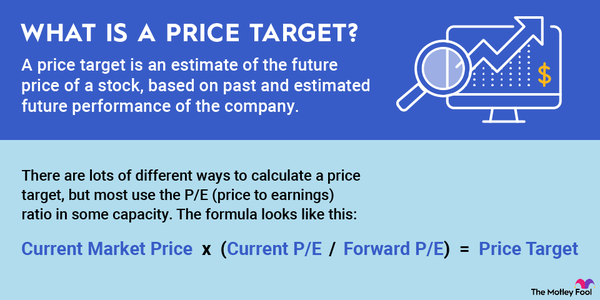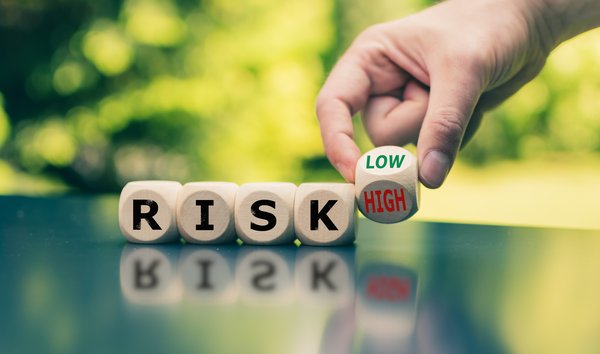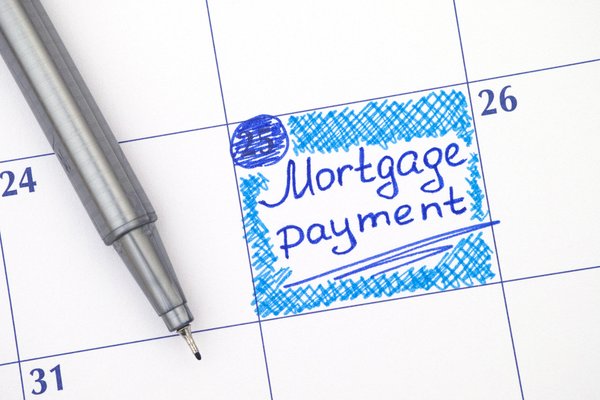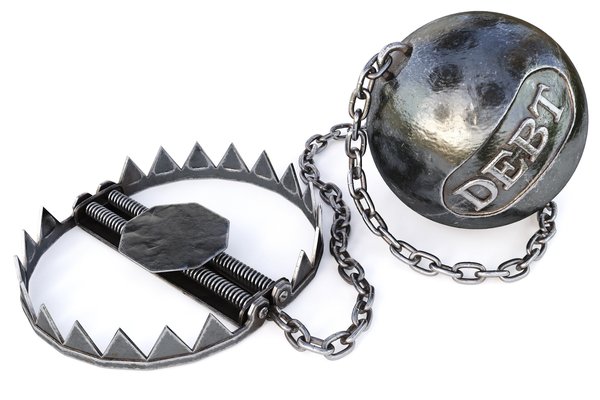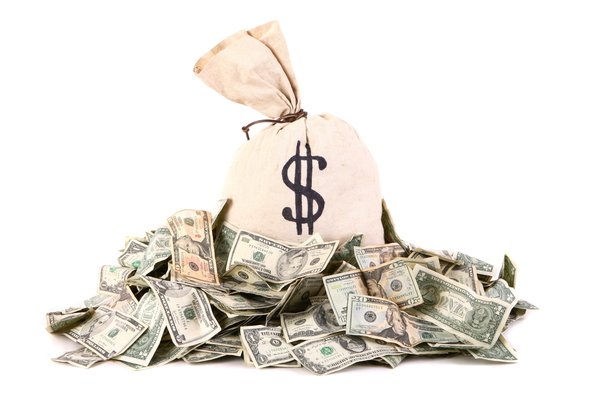If you're a credit card holder or invest in credit card companies, you know that the little things matter. One of those little things is the primary account number, which is an important element on every credit and debit card issued today. Read on to learn more about this interesting and unique identifier.
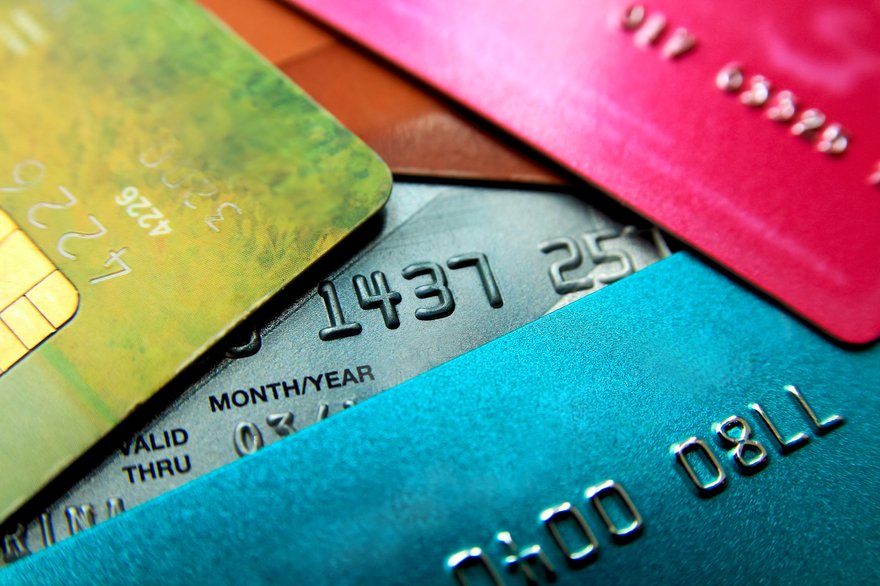
What is a primary account number?
What is a primary account number?
A primary account number (PAN) is commonly called a credit card number, even if it's not on a credit card. These are strings of 14 to 19 numbers that uniquely identify a payment card and its account.
All types of cards now have PANs, from credit cards to debit cards and even cards for accessing credit lines and gift cards. If you have a card with a long number on it, the odds are good that the number is a PAN.
Elements of a primary account number?
What are the elements of a primary account number?
Primary account numbers aren't just long strings of random digits. Each group of numbers has a meaning and corresponds to something about the card. The four main sets of digits are:
- Major industry identifier (MII). The MII is the first digit of the PAN on your card. It corresponds to the card brand: 3 is for American Express (AXP 0.45%), 4 is for Visa (V 0.74%), 5 is Mastercard (MA 0.54%), and 6 is Discover (NYSE:DFS). There are other MIIs, but they're not generally in wide circulation.
- Bank identification number (BIN). The BIN, also known as the issuer identification number (IIN), is the PAN's first six to eight digits, including the MII. You can think of this as a routing number since it routes the payment instructions to the proper financial institution.
- Account identifier. Digits seven and onward are the account identifier. It typically differs from your internal account number, but it is a number that corresponds with your account. If you have a debit card, part or all of your bank account number could be included in the account identifier, especially if you bank at a small bank or credit union.
- Validator digit. The very last digit in your PAN is the validator digit, otherwise known as a check digit. This is how the system checks the accuracy of your PAN. The check digit corresponds with the entire PAN. If the system checks it and finds it incorrect, you'll be prompted to re-enter your card number. It's a clever way to catch simple errors so they don't clog up the processor network.
How it differs
Primary account numbers versus account numbers
A primary account number sounds an awful lot like an account number you'd have for any other kind of financial institution account. However, it's very different. Unlike a basic account number, which directly corresponds with the account you're trying to access, a PAN has the account information encoded down to the routing information for the bank and the card processor.
There's also another number that's important to know: the secondary account number. This is similar to a PAN in that it's found on a payment card, but it is generally issued on a secondary card on the account, such as for an authorized user or secondary user. This number is typically different from the PAN, even though it goes to the same account.
Security features
Security features of a credit card
Along with secretly encoding your account information in your card's PAN are a few other ways your account is guarded. These features are collectively called sensitive authentication data (SAD). SAD includes the card verification value (CVV) code, the service code embedded in the magnetic stripe, and the EMV chip, which stands for "Europay, Mastercard, and Visa," the originators of the technology.
CVV/CVC code. Depending on your card issuer, you'll have either a three-digit code printed on the back of your card or a four-digit code on the front. This is the CVV or the card verification code (CVC). As an extra security measure, these are required any time you use a card in a non-physical transaction.
Related investing topics
Service code. The service code is a three- or four-digit code embedded in the magnetic stripe. It provides the processor with instructions for the card, such as whether it's a debit or credit card, as well as restrictions on its use and the card's attributes.
EMV chip. Most cards today are what we call "chip cards," which use an EMV chip. The chip is actually a very small microprocessor that generates a unique code for each transaction, making it much more difficult for anyone to commit fraud with your card.












